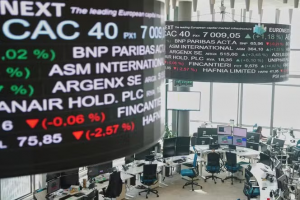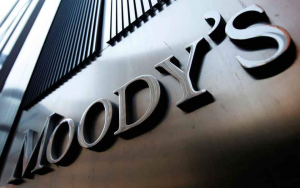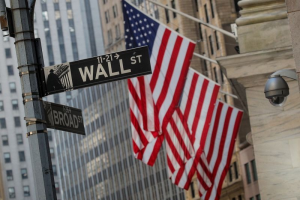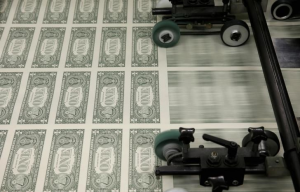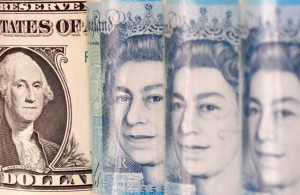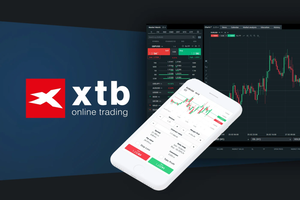The US dollar surged higher Monday, climbing to a three-week high after US President Donald Trump delivered on his threat of more trade tariffs, boosting demand for the safe haven.
At 04:30 ET (09:30 GMT), the Dollar Index, which tracks the greenback against a basket of six other currencies, traded 1% higher to 109.305, having hit a three-week high earlier in the session.
Dollar soars on tariffs announcement
President Trump announced over the weekend, as he had promised last month, 25% import tariffs on Canada and Mexico, and a 10% duty on China, calling the measures necessary to combat illegal immigration and the drug trade.
All three countries vowed retaliation, likely marking the start of a renewed global trade war, which has resulted in renewed demand for the safe haven US dollar.
The Chinese yuan fell to a record low against the greenback in the offshore market, with markets in China still closed for the Lunar New Year, while the Mexican peso fell to its lowest in nearly three years and the Canadian dollar slumped to a level not seen since 2003.
“It looks like the 'maximum pressure' negotiating position of this new Trump administration is to tariff first, perhaps in an effort to get the best deal as quickly as possible,” said analysts at ING, in a note. “The trouble for investors, however, is that the off-ramp to these tariffs remains unclear.”
“The FX market reaction has unsurprisingly been a defensive rally in the dollar. The DXY gapped higher by a percent. The currencies most heavily hit were understandably the commodity currencies - those currencies that benefit from global growth,” ING added.
Aside from the likely hit to global growth, the tariffs could be inflationary as far as the US economy is concerned, and investors have slightly pared back expectations of rate cuts from the Federal Reserve this year.
The Federal Reserve left its benchmark overnight interest rate in the 4.25%-4.50% range last week, with officials removing the reference that inflation had "made progress" toward the Fed's 2% inflation goal.
Euro hit hard on tariff fears
In Europe, EUR/USD dropped 1.1% to 1.0248, with the single currency falling to the lowest since November 2022 as investors braced for tariffs on Europe from the Trump administration.
In an interview with the BBC, Trump stated that similar tariffs with the European Union “will definitely happen”, calling the trade deficit with the EU “an atrocity.”
The United States ran a trade deficit with the European Union of just over $200 billion last year.
“The growing prospect of a global trade war and tariffs heading towards the EU is a clean euro negative,” ING added.
Helping the euro slightly, data released earlier Monday showed that the decline in Germany's manufacturing sector eased in January.
The HCOB Germany Manufacturing Purchasing Managers' Index (PMI), compiled by S&P Global, rose to 45.0 in January from 42.5 in December, marking the highest reading since May last year.
The final reading is nearly a point higher than the preliminary figure of 44.1, but remains firmly below the 50-point mark that separates growth from contraction.
The European Central Bank cut interest rates by a quarter of a percentage point last week, the fifth such reduction since June, on expectations that the biggest inflation surge in generations is nearly defeated and the flagging economy needs relief.
All eyes are now on the flash CPI release for the eurozone later in the session, which is expected to come in at 2.4% on an annual basis in January, just above the ECB’s medium term target of 2.0%.
GBP/USD slipped 0.1% lower to 1.2313, with sterling relatively mildly hit after Trump didn’t rule out imposing levies on UK goods in the BBC interview, but added that the situation “can be worked out.”
“Sterling has been one of the least badly hit G10 currencies, arguably because the UK runs a trade deficit with the US and goods exports to GDP are relatively small,” ING said.
The Bank of England hosts a policy-setting meeting later this week, which could see the central bank cutting interest rates in order to stimulate the moribund economy.
Offshore yuan near all-time low
In Asia, USD/CNH traded 0.3% higher at 7.3400, with the offshore yuan near all-time lows after the announcement of a 10% import tariff by the US - a move that bodes poorly for China’s export-heavy economy.
Beijing decried Trump’s tariffs, and vowed retaliation. The country is also expected to dole out bumper stimulus measures to offset the economic impact of Trump’s tariffs.
Private purchasing managers index data showed Chinese business activity remained soft in January. The Caixin manufacturing PMI read below expectations for the month, although it just managed to stay in expansion territory.
USD/JPY traded 0.1% higher to 155.22, with the Japanese yen weakening less than its peers due to a hawkish Bank of Japan and its status as a safe haven play.



